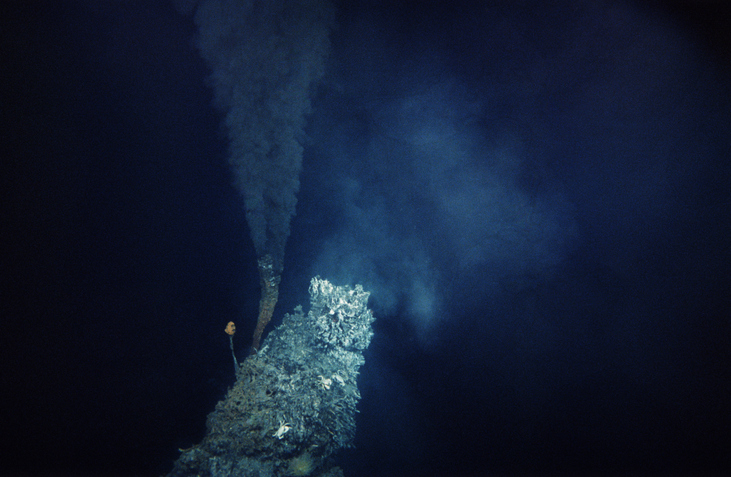The bacterium Serratia rubidaea plays a bit of a Dr. Jekyll and Mr. Hyde role in healthcare and bioprocessing. For the Mr. Hyde side of Serratia rubidaea, Alexandra Chiaverini, DMV, PhD, of the Instituto Zooprofilattico Sperimentale dell’Abruzzo e del Molise “G. Caporale” in Teramo, Italy, and her colleagues noted that this bacterium “has emerged in recent years as an opportunistic nosocomial pathogen.” Still, this bacterium also produces prodigiosin, which is a biomolecule with more than one feature befitting Dr. Jekyll.
For one thing, fabrics can be dyed red with prodigiosin. Recently, one team of scientists described prodigiosin as “fascinating and the most versatile pigment with diverse applications.” Those applications extend from manufacturing pigment and environmental-control agent to antibiotic and potential oncology drug.
Key requirement was to make enough prodigiosin
To make the most of prodigiosin, however, scientists must find ways to make enough of it. As Ricardo Pereira, PhD, and Carla de Carvalho, PhD, both at the University of Lisbon’s Instituto Superior Técnico, reported: “To guarantee prodigiosin availability for multiple biotechnological applications, the development of bioprocesses that can lead to the production of high titers of this red compound is paramount.”
So, Pereira and de Carvalho started with S. rubidaea that was obtained near a hydrothermal vent in shallow water and explored the best ways to expand it. By developing a medium and optimizing environmental conditions, including light and oxygen, these scientists achieved “a 13-fold increase in prodigiosin production in a shake flask.”
They also scaled up the production from 0.1-liter flasks to 2-liter bioreactors. Plus, this bacterium performed well over a temperature range of 15–62° C. As Pereira and de Carvalho concluded, bacterial “strains from extreme environments could have an adaptative advantage over those from regular environments for biotechnological applications.”
As Robert Louis Stevenson wrote in The Strange Case of Dr. Jekyll and Mr. Hyde: “You start a question, and it’s like starting a stone. You sit quietly on the top of a hill; and away the stone goes, starting others.”
Perhaps the work of Pereira and de Carvalho started the rolling of such a stone by manufacturing more prodigiosin through the enhanced bioprocessing of S. rubidaea. Only time will tell what new questions might emerge from this work.


